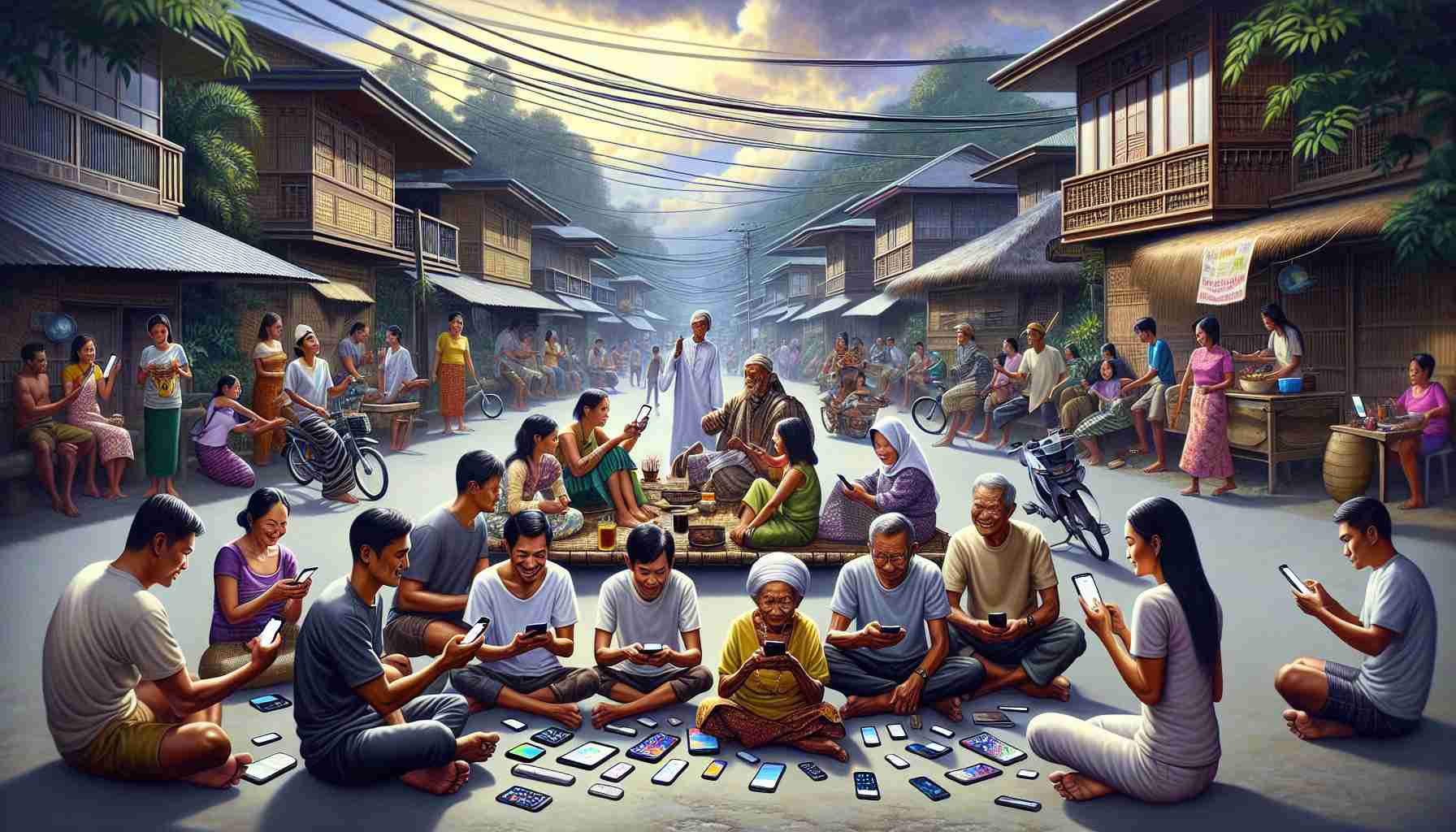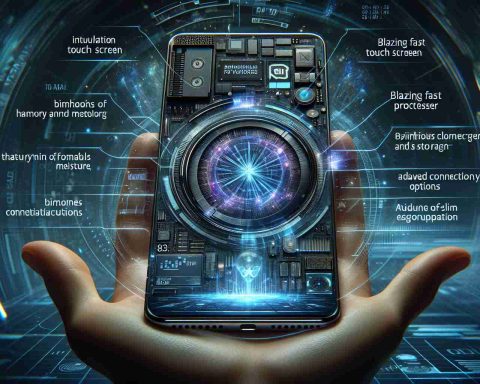With the surge of smartphone technology, the Philippines is witnessing a significant transformation in lifestyle and cultural connectivity. The archipelago, known for its vibrant mix of traditions and rapid economic growth, is now at the forefront of the tech revolution in Southeast Asia.
Innovative Mobile Payment Solutions
One of the most exciting trends is the adoption of mobile payment platforms. In the Philippines, where traditional banking can be inaccessible, smartphones have become powerful tools for financial inclusion. Services like GCash and PayMaya are leading the charge, allowing Filipinos to conduct transactions effortlessly—even in the most remote areas. This shift is not just a trend but a crucial step toward a cashless society, enhancing economic participation across the nation.
Smartphones as Educational Tools
Smartphones have also become indispensable in education. The Department of Education’s drive to integrate technology into classrooms has gained momentum. Mobile applications and digital platforms facilitate learning and provide students unprecedented access to global educational resources. This transformation is crucial in equipping the country’s young population for a future driven by technology.
Preserving and Promoting Culture
Moreover, smartphones are playing a vital role in preserving and promoting Filipino culture. From folklore apps to virtual reality historical tours, technology provides a new medium for storytelling and cultural education. These innovations ensure that the rich heritage of the Philippines remains relevant and accessible to future generations.
As smartphone technology evolves, the Philippines continues to embrace this digital tide, transforming everyday life and positioning itself as a dynamic player on the global stage.
How the Smartphone Boom is Redefining Daily Life in the Philippines
In the heart of Southeast Asia, the smartphone boom in the Philippines is touching facets of life beyond economics and education—it is revolutionizing healthcare and social dynamics among Filipinos.
Revolutionizing Healthcare Access
With healthcare facilities often scarce in rural areas, the proliferation of smartphones is narrowing the gap between patients and necessary medical services. Telehealth apps are becoming increasingly popular, providing remote consultations, digital prescriptions, and health monitoring solutions. This development ensures that even the most isolated communities receive critical healthcare support, minimizing the need for travel and reducing the strain on urban medical centers.
Transforming Social Engagement
The omnipresence of smartphones is also changing how Filipinos engage socially. Social media platforms and messaging apps are driving stronger ties within families and communities scattered across the archipelago. This digital proximity fosters a sense of unity and shared cultural identity, transcending geographical barriers.
Growing Concerns: The Digital Divide
Despite these advancements, a notable controversy lies in the growing digital divide. While urban regions quickly embrace technology, rural and poverty-stricken areas risk being left behind. This disparity poses the question: How can technology reach those most in need?
While smartphones promote connectivity and accessibility, there are disadvantages such as potential privacy risks and the spread of misinformation. As with any technological progress, balancing innovation with ethical considerations remains crucial for sustainable advancement.
For more insights on technological impact in the Philippines, visit World Bank and United Nations websites.





















